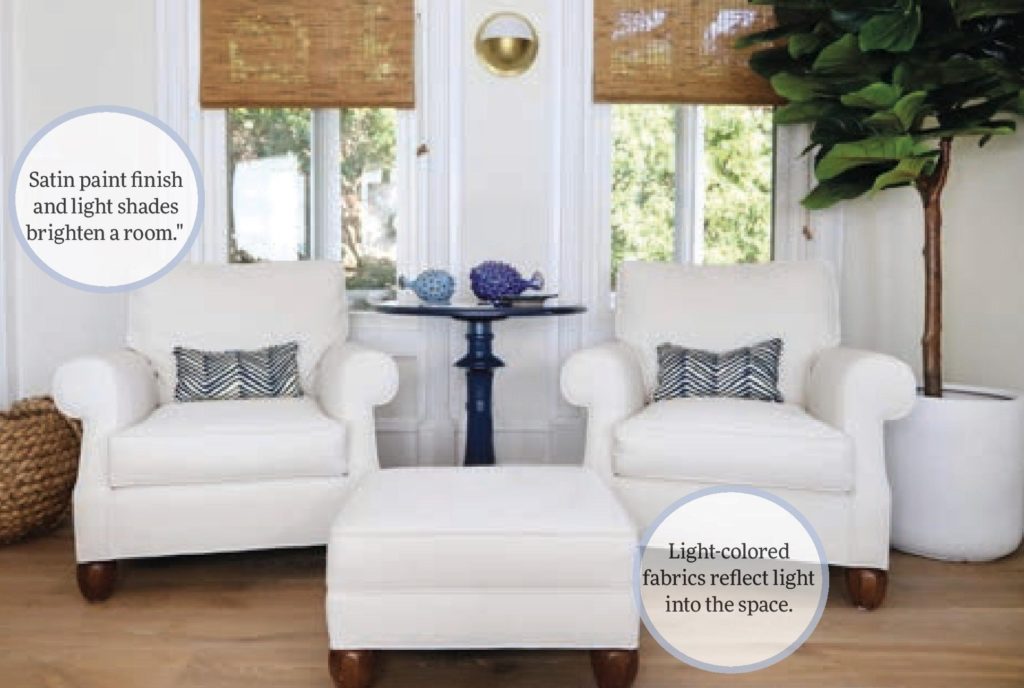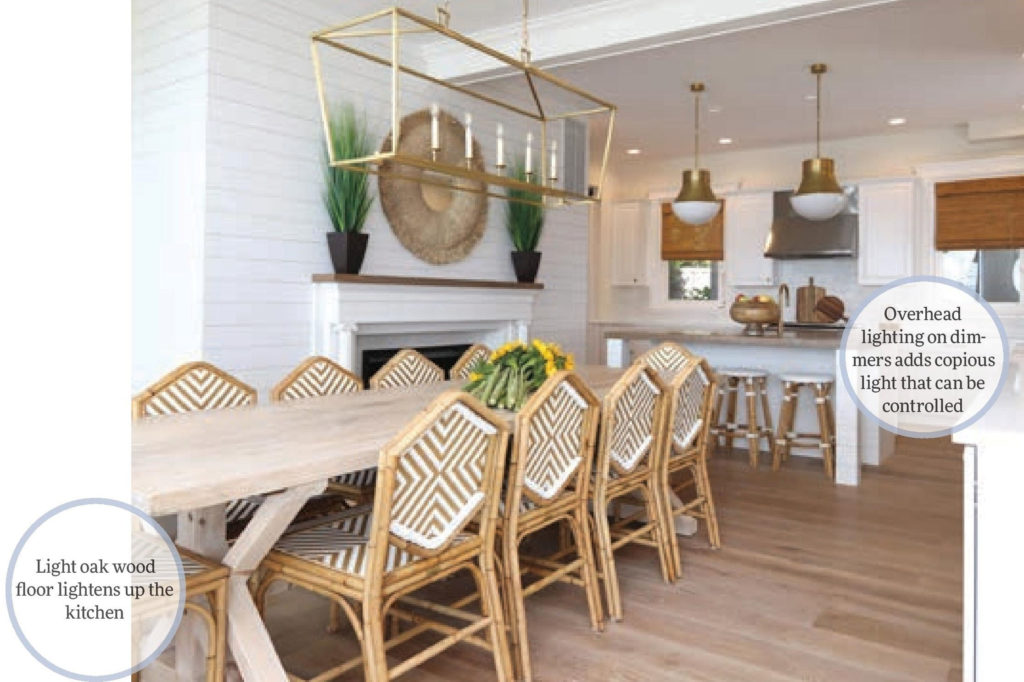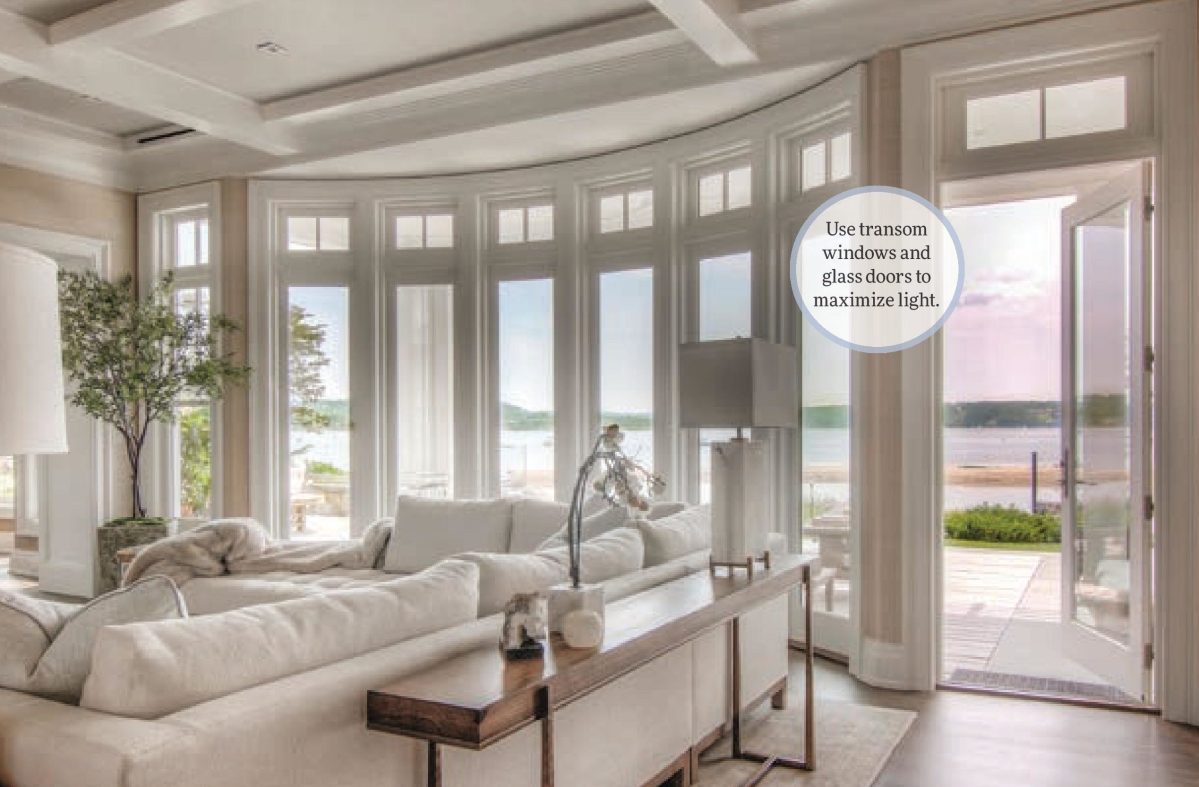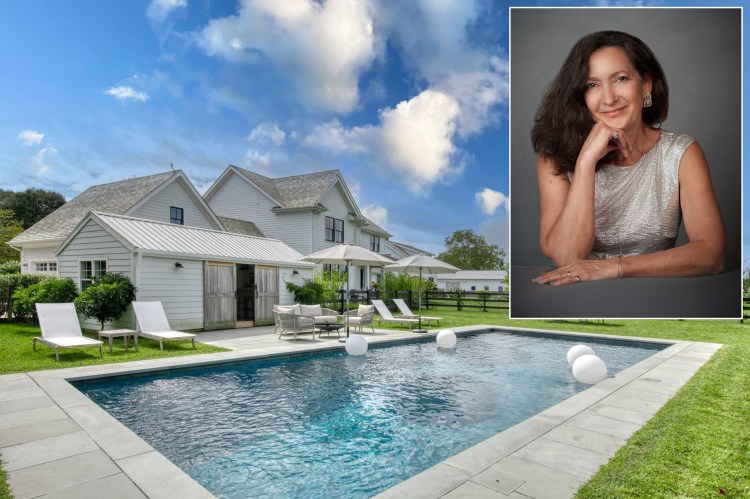On dreary winter days, you’ll want to bring as much light as possible into your home.
To add light, consider all the elements, from walls to windows, that can enhance it, advises Liz Kohart, an interior designer at Liz Kohart Interiors of Garden City.
LIGHTER WALLS AND FLOORS
Use light colors to cover your walls, Kohart advises..
“Soft shades of white and taupe will make a space feel brighter,” she says.
Wall paint with a satin finish, which is a little more shiny than matte, adds sheen and will help reflect more light, adds Kohart.
For a very high sheen and higher-end look, consider a lacquer finish, but take note that lacquer shows imperfections.
“You’d have to have perfectly smooth walls for lacquer,” explains Kohart.
Light-colored floors such as oak and light-colored carpets, or natural fiber rugs such as sisal can help brighten spaces, notes Kohart, adding that a higher-sheen finish on a wood floor will also reflect more light.

A LIGHT TOUCH
To brighten a room, upholster in light-colored fabrics and select light-colored woods for furnishings, including end tables, cocktail tables, cabinetry and built-ins, says Kohart, adding that a decorative mirror helps reflect and add light.
For window treatments, Kohart advises avoiding dark colors or velvet or other heavy fabrics.
Opt instead for linen or cotton.
“Natural blinds, such as woven woods, will seem less heavy and more airy, and can be used as a window treatment in lieu of fabric drapery,” she says.

BRING IN NATURAL LIGHT
In designing a new home or renovating an existing one, there are a few techniques that can bring in as much natural light as possible, says interior designer Christine Conte of Christine Conte Interiors of Huntington.
Start with larger windows and, if possible, add a floor-to-ceiling window at the end of a hallway to flood the whole house with light.
An open-concept plan does a lot for light, notes Conte.
“You can really move light from one side of the house to the other,” she says.
Clerestory windows – smaller windows that are positioned higher up on the wall – can go along the top of a room and add abundant light.
“And you don’t have to worry about putting any kind of window treatments on them,” notes Conte.
For low-light rooms, a light tube – a metal pipe that gets reflected from the roof – is a great way to get natural light into a bathroom or kitchen.
If your house is set back and privacy is not an issue, add a transom above the front door or even consider a front door made entirely of glass, Conte says.
Fewer mullions on windows create the illusion of more light and adding black casement to your windows frames and accentuates the outside light.
Adding glass panels to doors of rooms where privacy is not an issue, such as offices, allows light to move through the house and backlighting a stained-glass window will give the appearance that there’s an actual window behind it.
ADD LIGHTING
Utilize artificial light by adding sconces and some overhead lighting and enhance natural light with table and floor lamps, advises Kohart.
Overhead lighting, such as a few high hats in the corner, significantly increases the amount of light in a room, says Kohart, adding, “Always put overhead and sconce lighting on a dimmer, so you can control the amount of light.”

































